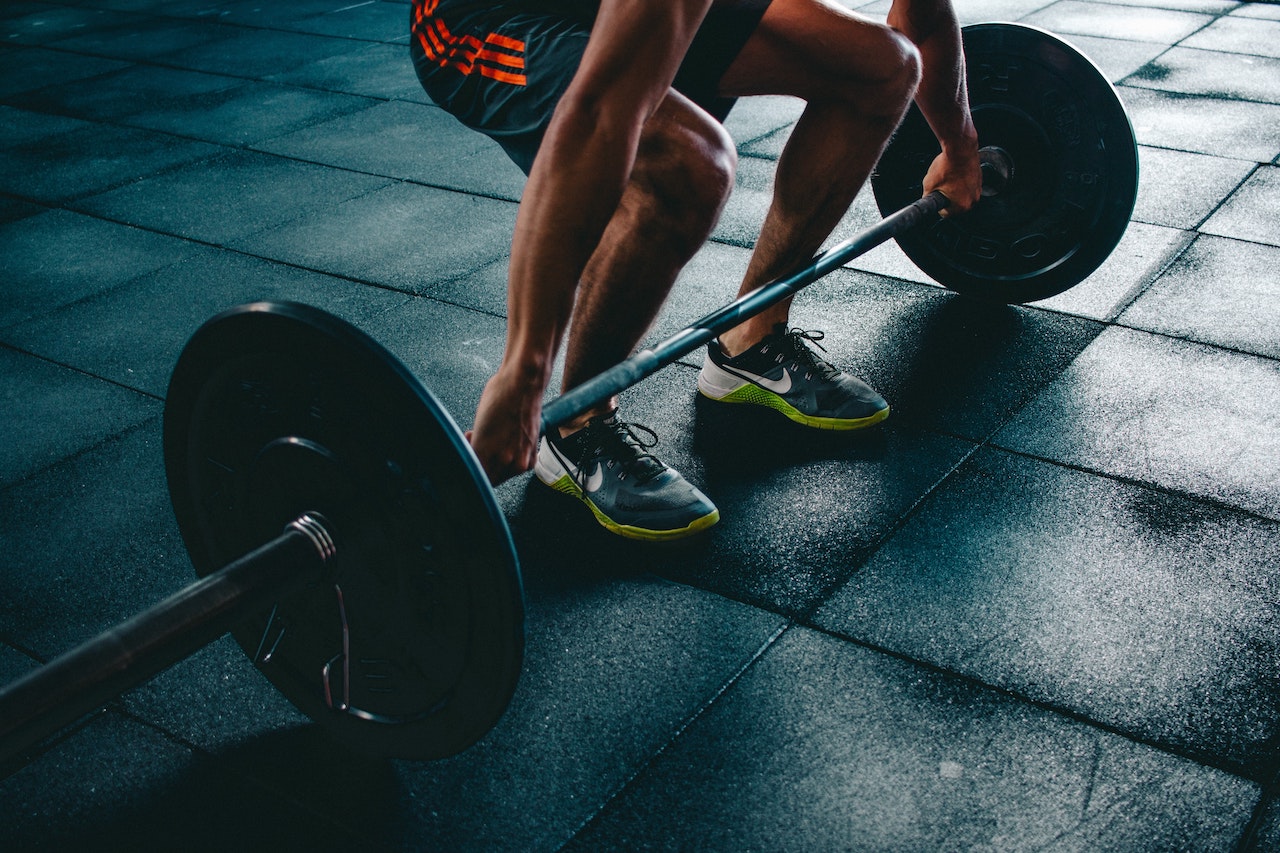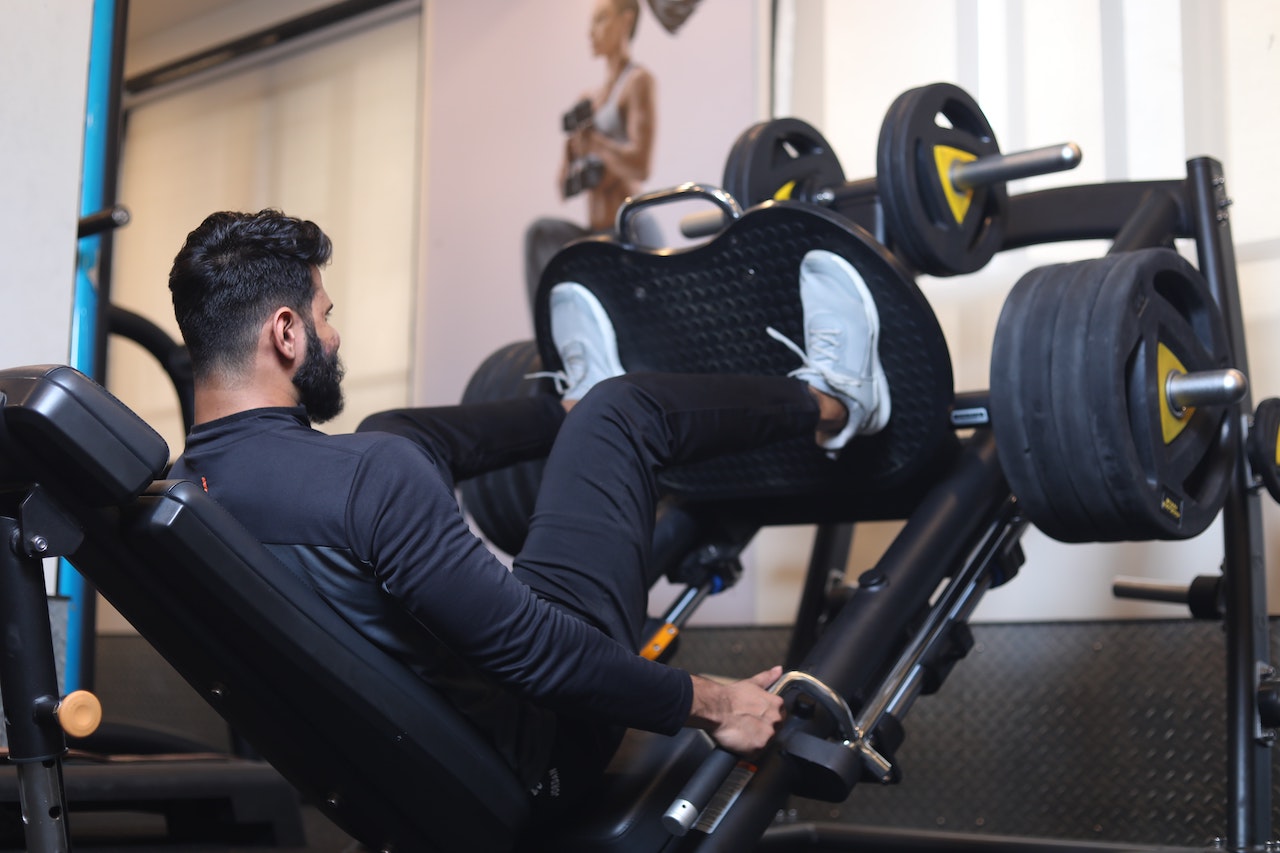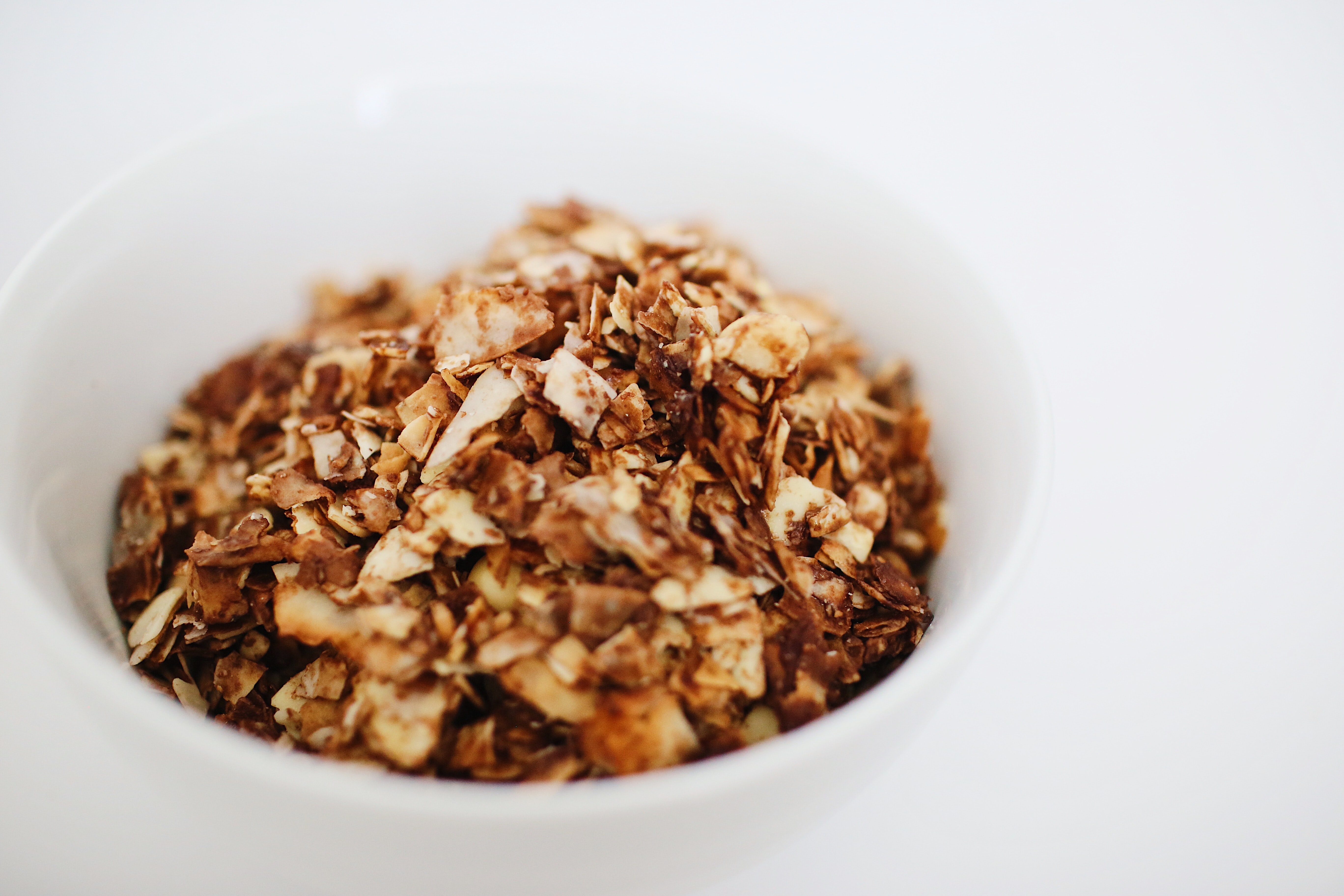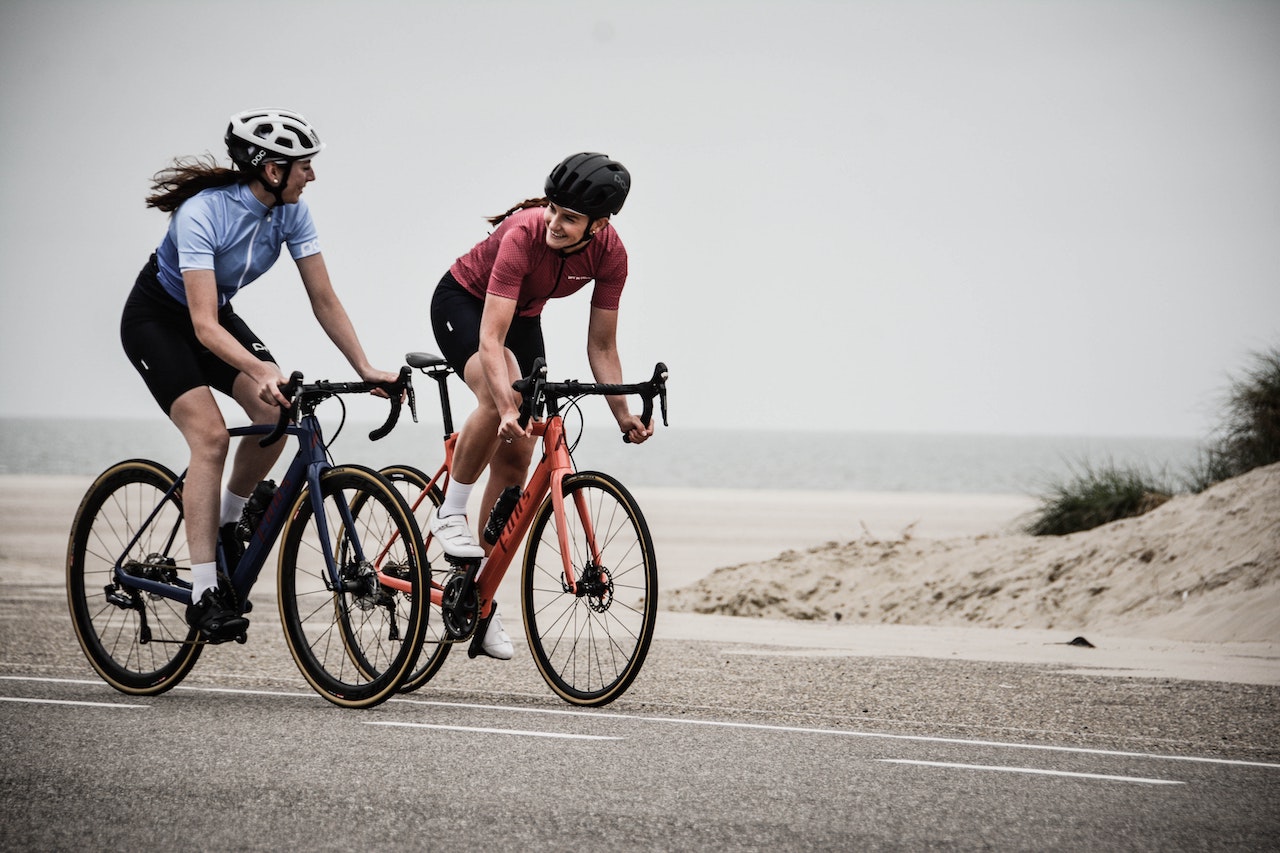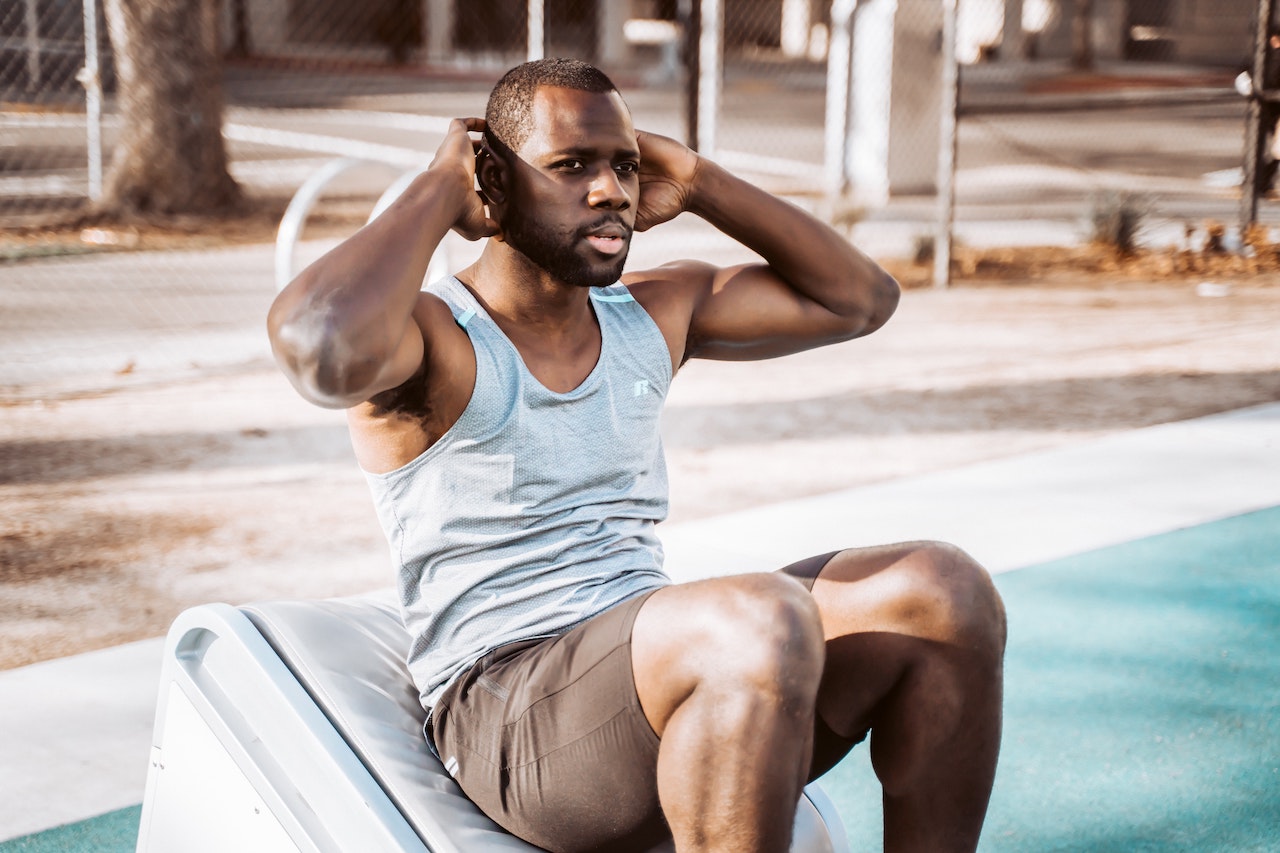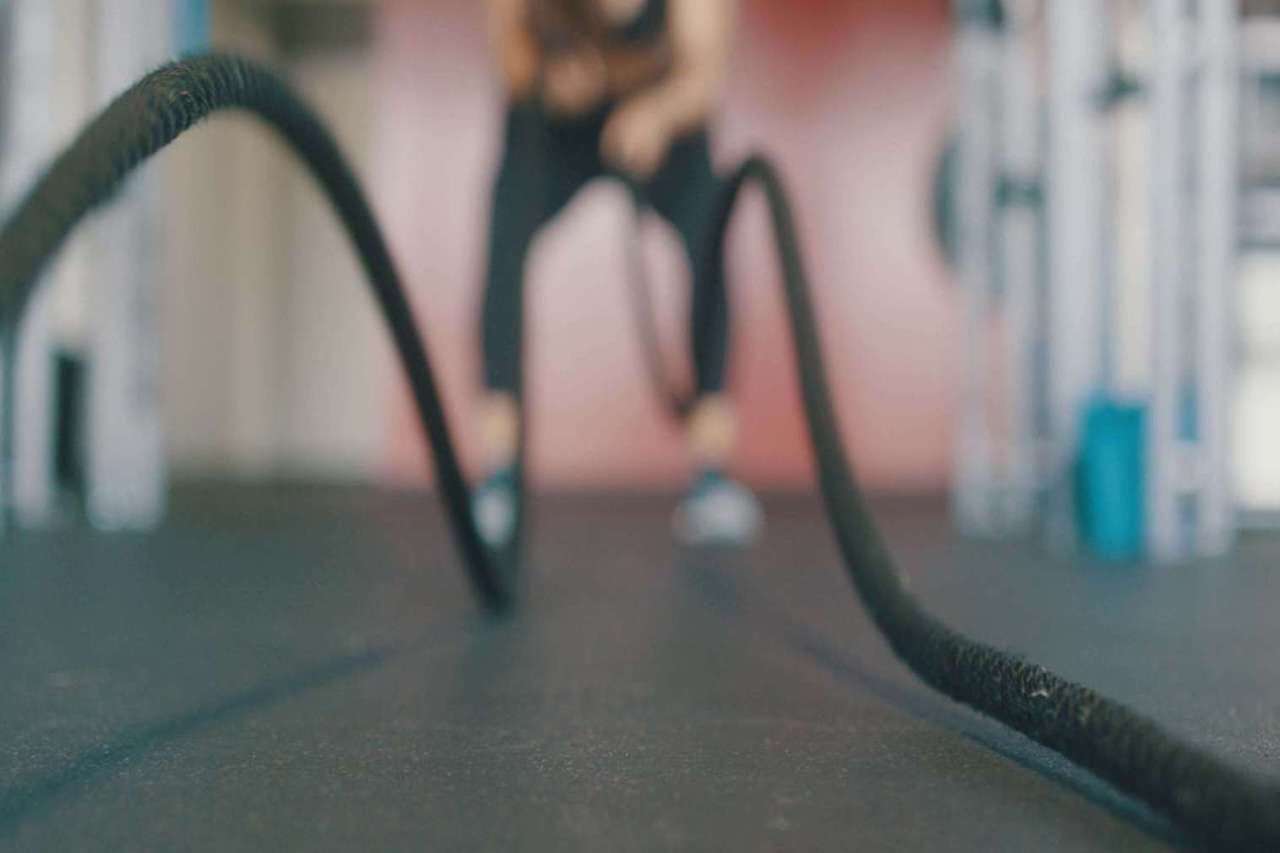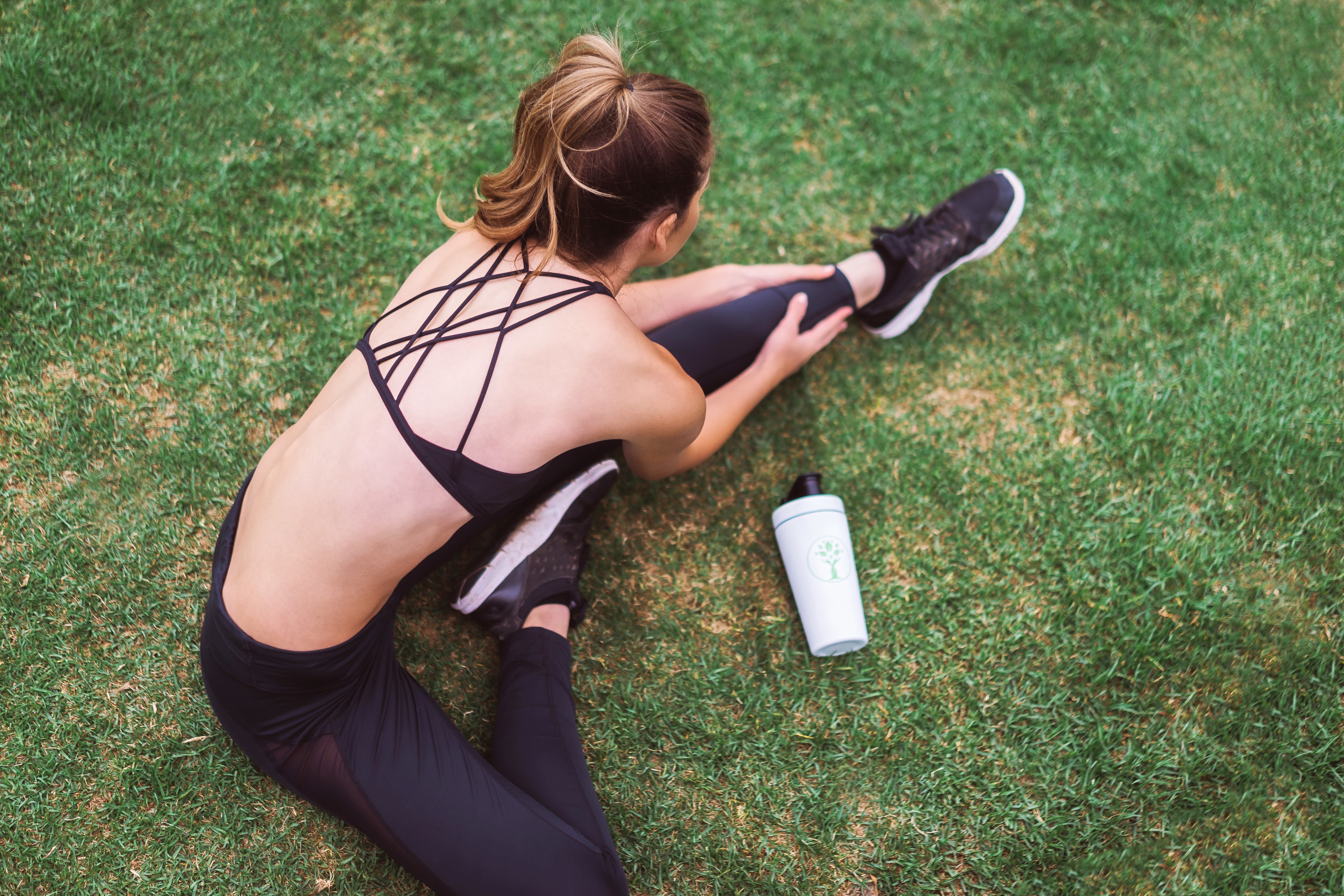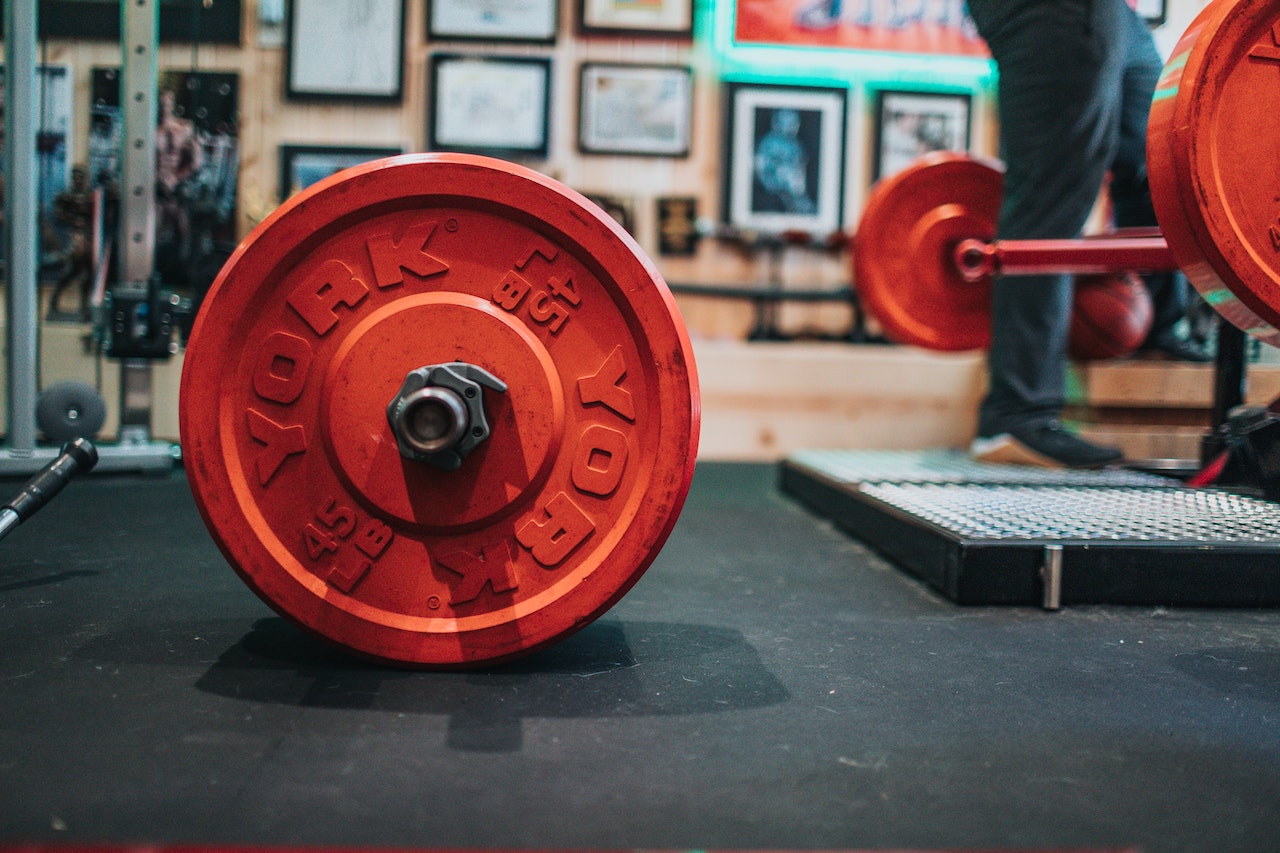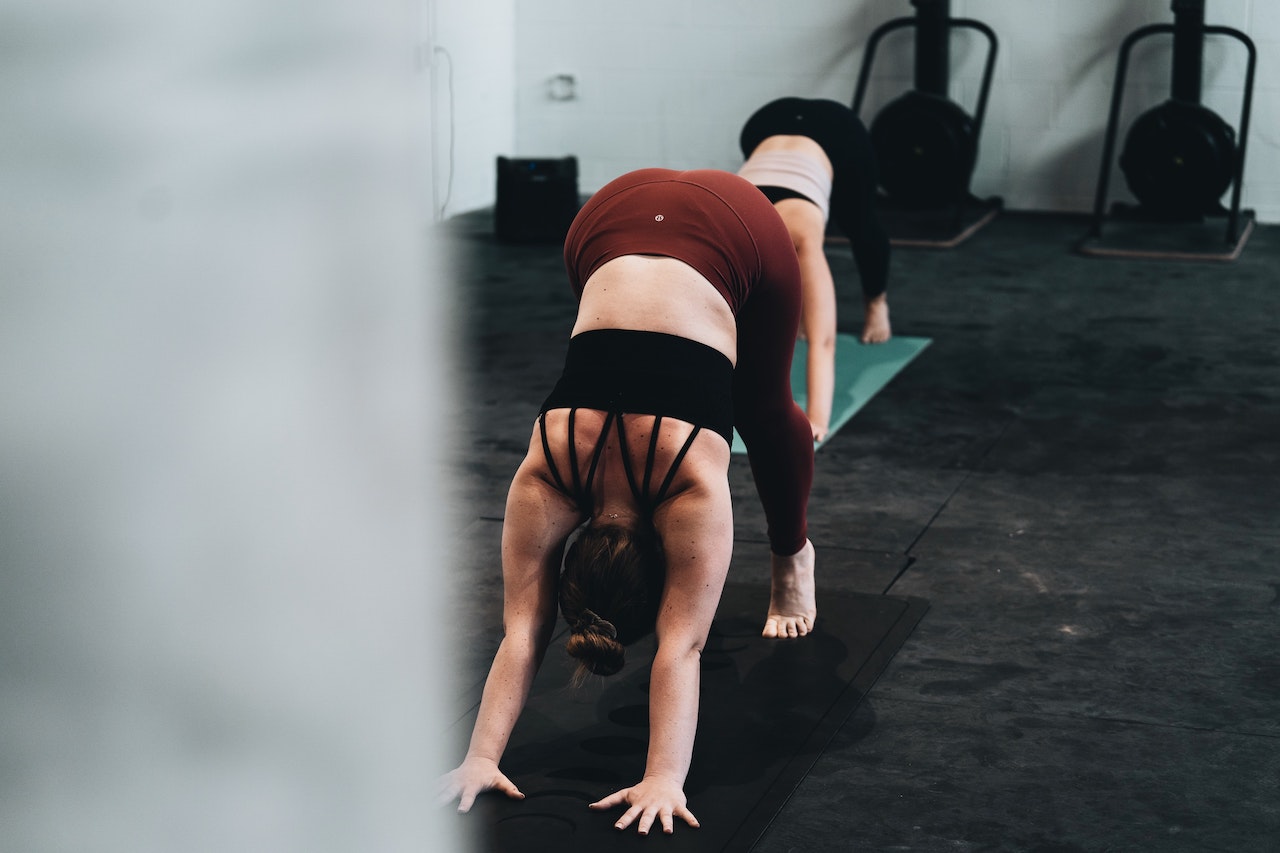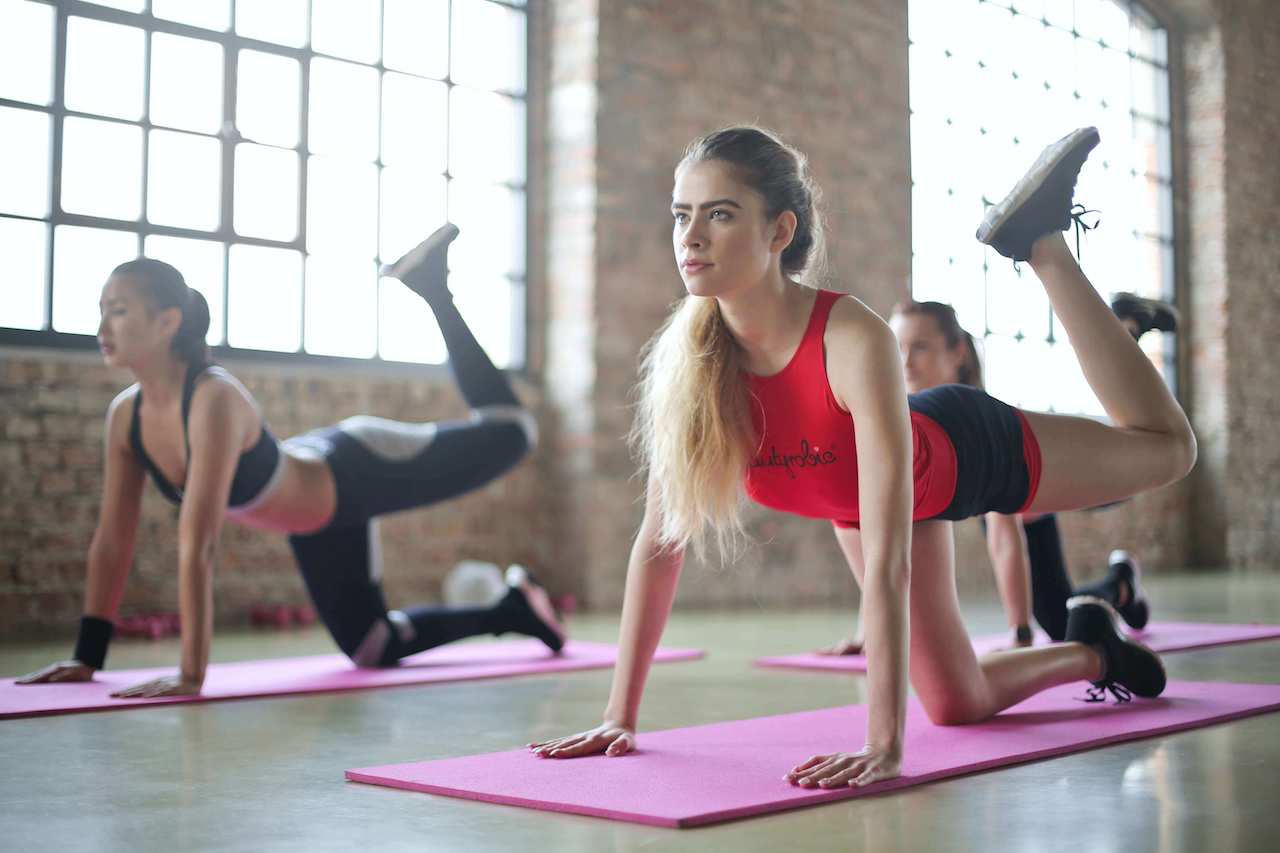We are often told to tighten our core when we run, to tighten our core when we squat and to tighten our core for any exercise we do. However, it's obvious that the stomach has received a level of contraction that can no longer be achieved, so what else exactly do you need to do to gather your core?
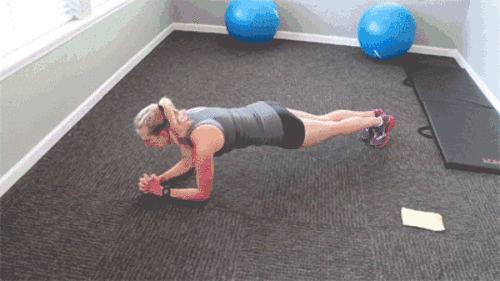
What is "Core tightening"?
In most anatomy books, the "Core" Is defined as the part of our body that is the trunk, the area below the shoulder joints and above the hip joints, including the pelvis. In general, tightening refers to the important group of muscles that surround the body in front and behind the abdomen and are responsible for protecting the stability of the entire spine.
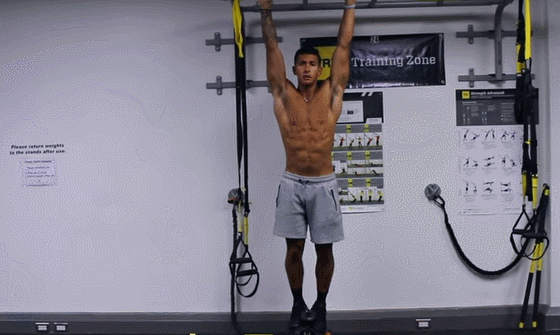
There are two forms of core tightening, one type is called contraction-tightening, which, as the name suggests, keeps all the muscles around the abdomen highly tense. The other is called dynamic stabilisation, which transmits strength and stabilises the spine by stretching our torso like a rope through the neuromuscular system and myofascial tension. When should each of these forms be used?
I. Contraction and tightness
When fighting against impact

Tightening the core improves the rigidity of the body. We may experience unexpected influences in our lives, such as people rushing to work in the morning. Or conscious impacts such as sports, football, basketball, rugby. Having a stiff core can help protect our lumbar spine when it comes into contact with the bodies of other athletes.
When carrying weight in a single plane
In our lives we need to carry heavy loads, hold children on the side of the road waiting for the bus, or pregnant women with large bellies that need to be supported for long periods of time. This includes strength training where we need to perform heavy squats, hard pulls and other movements in a single plane, and tightening the core is a great way to improve intra-abdominal pressure and lumbar spine stability.
Some experienced trainers often use tile breathing to maximise trunk rigidity.
Ii. Dynamic stabilisation
When power transfer is required

Contraction and tightness of the core muscle groups can provide a high degree of protection, but can also interfere with our ability to breathe properly during dynamic movements, reduce movement efficiency and energy transfer, and limit the body's function.
As a result, when we perform movements that require power transfer, the upper and lower limbs will turn relative to each other during the movement and the body will continue to pull diagonally. An extended and stable method of core tightening is more appropriate. For example, walking and running, or in all sports that require rotation such as golf, throwing and swinging.
In these sports, power is not generated by the core, but is transmitted through the core of the upper and lower body.
How to work on core tightening
Abdominal pressing exercises

Key points of the movement: When you inhale, your abdomen bulges towards the ceiling and when you exhale, your abdomen keeps bulging out, feeling like a balloon across your waist and abdomen. During this process, you can use your fingers and stomach to do a slight power counter to strengthen and stabilise the abdominal pressure. Take 20 breaths per set and complete 2 sets. If you feel tired, you can adjust your breathing before continuing this and try not to hold your breath for long.
Dead bug confrontation
Key points: Maintain a supine position with the waist close to the floor and a 90 degree angle between the calves and thighs. Rest your palms against your knees and keep breathing regularly, contracting your tight abdomen with each breath. 30 seconds/rep, complete 2 reps.
Curls
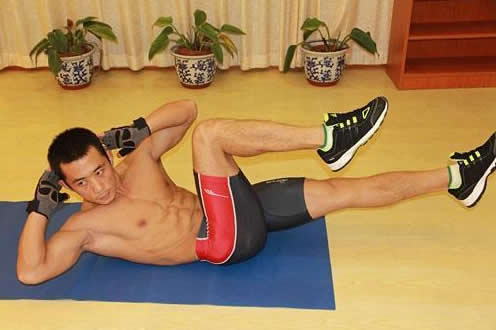
Movement points: Imagine our head on a scale and on the exhale, our head moves smoothly to about 10 cm from the weighing scale. Attention should be paid to 1. The waist should be close to the back of the hand. 2. Imagine you have a fist-sized ball placed in the chin position and do not lift your head. 3. Keep breathing smoothly and try to contract and tighten your abdomen as you exhale, hold for 6-10 seconds each time and hold for 5-10 reps per set.





